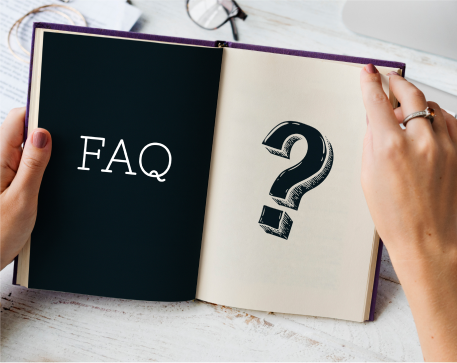Ready to learn?
Take the first step toward achieving your educational goals. Whether you’re preparing for exams or expanding your knowledge, getting started is just a click away. Join us today and unlock your full potential
832, utkarsh bhawan, near mandap restaurant, 9th chopasani road, jodhpur rajasthan - 342003
support@utkarsh.com
+91-9116691119
Support
Learning Resources
Rajasthan Govt Exams
Central Govt Exams
Civil Services Exams
Nursing Exams
School Tuitions
Other State Govt Exams
Agriculture Exams
College Entrance Exams
Miscellaneous Exams

© 2025 Utkarsh Classes & Edutech Pvt. Ltd. All Rights Reserved
Home
International Current Affairs
Appointment
German Ursula von der Leyen reelected European Commission President

Utkarsh Classes
Updated: 19 Jul 2024
3 Min Read

The European Parliament re-elected German politician Ursula von der Leyen as the European Commission President for another 5-year term on 18 July 2024. She was first elected in July 2019 and joined the office on 1 November 2019. Her current term expires on 31 October 2024. She will resume her second term on 1st November 2024 and will remain in office until October 2029.
For details about European Council and its President, click here
The origin of the European Union lies in the creation of a free trade area in 1952 between six Western European countries—Belgium, France, Italy, Luxembourg, the Netherlands, and West Germany—named the European Coal and Steel Community.
The Treaties of Rome 1957 converted it into the European Economic Community.
The Maastricht Treaty of 1992 created the European Union, which came into force on 1 November 1993.
The Maastricht Treaty aims to further European countries' political and economic integration by establishing a common currency (euro), a unified foreign and security policy, and common citizenship rights.
There is a 720-member European Parliament, elected by the citizens of the European Union's members.
The Parliament sits at Luxembourg, Brussels(Belgium) and Strasbourg (France)
Members: 27 countries.
Headquarters: Brussels(Belgium).
Top Posts
Frequently asked questions

Still have questions?
Can't find the answer you're looking for? Please contact our friendly team.
Visit an Offline Centre Near to You.

1-Liner PDFs FREE !
Kumar Gaurav Sir ki Class PDF aur Daily One-Liner CA – Bilkul Free! Rozana preparation ko banaye aur bhi Damdaar!